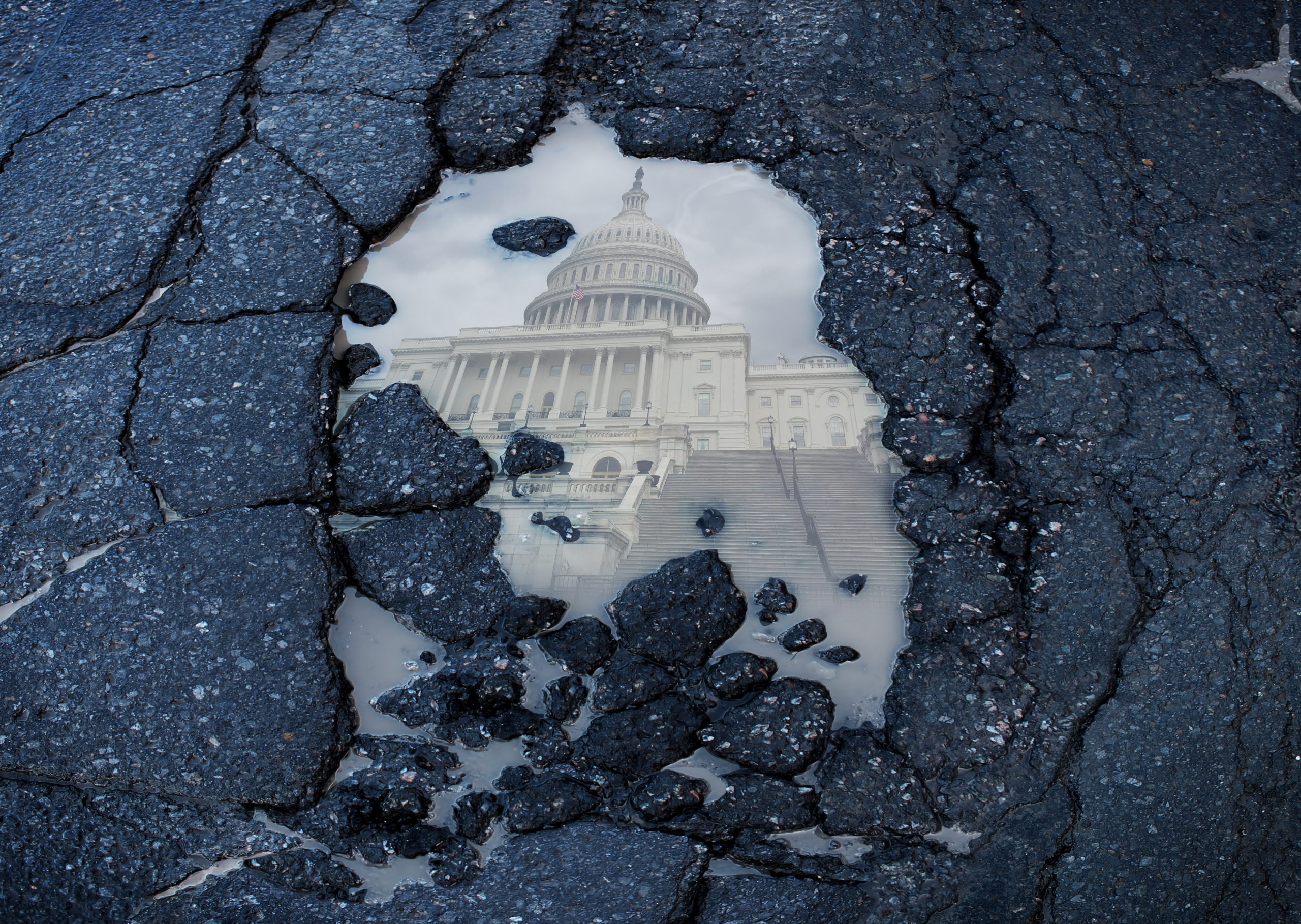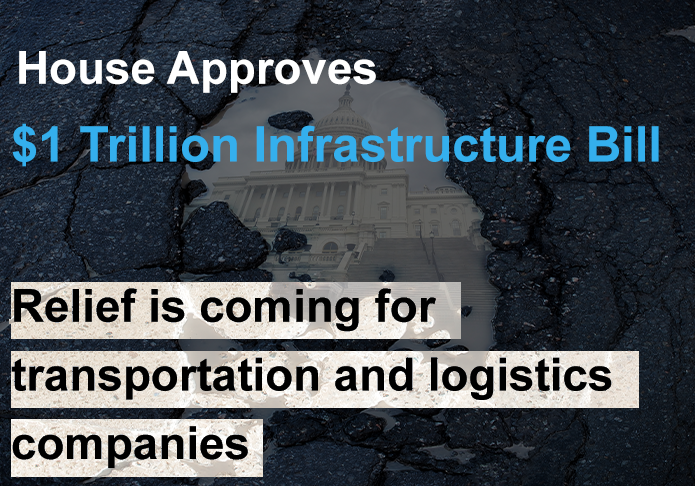
Now that the US House of Representatives has finally approved a $1 trillion infrastructure bill, the work of implementing it begins. The bill was sent to President Joe Biden for signing after delays and negotiations. The key take away from the bill are the investments that will upgrade bridges, rail networks, and roads. In turn, this will have significant positive effects on the supply chain and transportation industry. Notably, these are sectors that have been severely affected by the Covid-19 pandemic and the increasing demand for shipped goods. This article explores the implications and possible priority areas, beyond the politics of the legislation.
Allocating infrastructure spending
The law sets out sectors and infrastructure that urgently require upgrades. Mayor Mitch Landrieu of New Orleans will help coordinate the expenditure of the “Infrastructure Investment and Jobs Act.” The president has highlighted the fact that the act calls for the most significant investment in bridges and roads in the last seven decades. Estimates put this part of the budget at $110 billion. Ultimately, there is an expectation that the spending will result in safer and easier transportation of goods and people. At the same time, the bill has environmental protections which mean that all these efficiencies will be achieved in a sustainable way.
Besides, the bipartisan nature of the bill (passing with a vote of 228 for and 206 against) means that it has broad-based support. It is comprehensive as it invests in a diverse range of projects that have long been neglected in legislation. The transportation industry will be encouraged by the news that up to $550 billion has been earmarked for new infrastructure spending. As the sector faced delays and rising costs, the injection of funds into ageing infrastructure will be welcome news.
Prioritizing the way in which infrastructure is constructed and used
One of the criticisms of the transportation and logistics industries has been the failure to meet customer demands. In turn, the movers and shakers in that industry have pointed out the problem of crumbling infrastructure and that it is deprioritized in the legislative agenda.
After the passing of this bill, there are plenty of examples of a renewed focus on transportation and its infrastructure. The creation of the Office of Multimodal Freight Infrastructure and Policy is a good example. This team will sit within the Department of Transportation under Secretary Pete Buttigieg. The Assistant Secretary for Multimodal Freight is a presidential appointee who requires senate confirmation. This office will manage grant programs related to the legislation and will assist governments (at local, state, and federal levels) to develop freight policies that improve supply chain efficiencies.
Getting all stakeholders involved when improving transportation
Relief is coming for transportation and logistics companies that have had to contend with congested routes and perpetual hold ups. Retail demand continues to rise despite the slump anticipated in the wake of the COVID-19 pandemic. Consequently, capacity is tight and rather expensive which has a knock-on effect on many other sectors of the economy. Matthew Shay, President and CEO of the National Retail Federation, is of the view that this legislation will mitigate many of the supply chain problems that the industry is facing today.
The specifics are encouraging. For example, there is a 38% increase in funding for bridges and roads. This could go into developing a workforce for this century through talent identification, training, and development. Chris Spear, CEO of the American Trucking Associations, released a statement commending the legislation and welcoming the human resource aspects of its priorities.
Urgent relief for overwhelmed logistics companies and actors
Supply chain disruptions were not only occurring after COVID-19, but there were indications that they could become fixtures for the near future. The Office of Multimodal Freight Infrastructure and Policy is expected to guide investments into infrastructure from a systems-wide perspective that looks at national priorities and local issues. Ideally, the new transportation system should be efficient, dependable, safe, and sustainable. The Coalition for America’s Gateways and Trade Corridors has pointed out the role of the new office in guiding the development and upgrading of America’s infrastructure.
A holistic freight policy and infrastructure framework will replace previous approaches that were woefully underfunded. America will then benefit from economic competitiveness on the local and global stage. An additional $100 billion has been set aside in discretionary funding that will be funneled through grant programs that specifically address inefficiencies in the supply chain. For example, there is a program worth $2.5 billion which will address the ongoing problem of port congestion so that goods can move quicker. The U.S. The Senate Committee on Commerce, Science, and Transportation released a briefing that confirmed this as a key priority.
A boost for other sectors such as construction
Once the funds from the legislation are released, they are expected to boost other industries. For example, there is an expectation of a boost to construction markets by creating demand for flatbeds and dry vans. There is $17 billion that has been earmarked for infrastructure improvements at coastal and inland ports, waterways, and ports of entry along the U.S. border. These were priorities that were underfunded prior to the passage of this bill and the effects of significant delays were felt.
The legislation is backed by other initiatives that are meant to improve the efficiency of transportation and logistics in the US. For instance, it is anticipated that within the next few months, the U.S. Army Corps of Engineers will expend $4 billion on construction work at coastal ports, inland, and other corps-eligible facilities. Another $3.4 billion is to be spent on upgrades to obsolete inspection facilities. One of the benefits is an improvement in international trade, specifically passing through the Southern and Northern borders.
Wrapping up
A bipartisan $1 trillion bill has been passed in Congress and sent to the President’s desk for signing. This is the biggest spending bill on infrastructure in 70 years and follows months of negotiations. The highlights for the transportation and logistics sectors are in the injection of resources into the development infrastructure within the country. This is welcome relief for a transportation sector that has been dealing with bottlenecks, delays, and a host of challenges in the post COVID-19 era.



